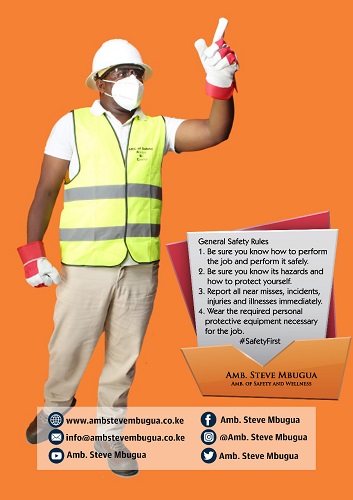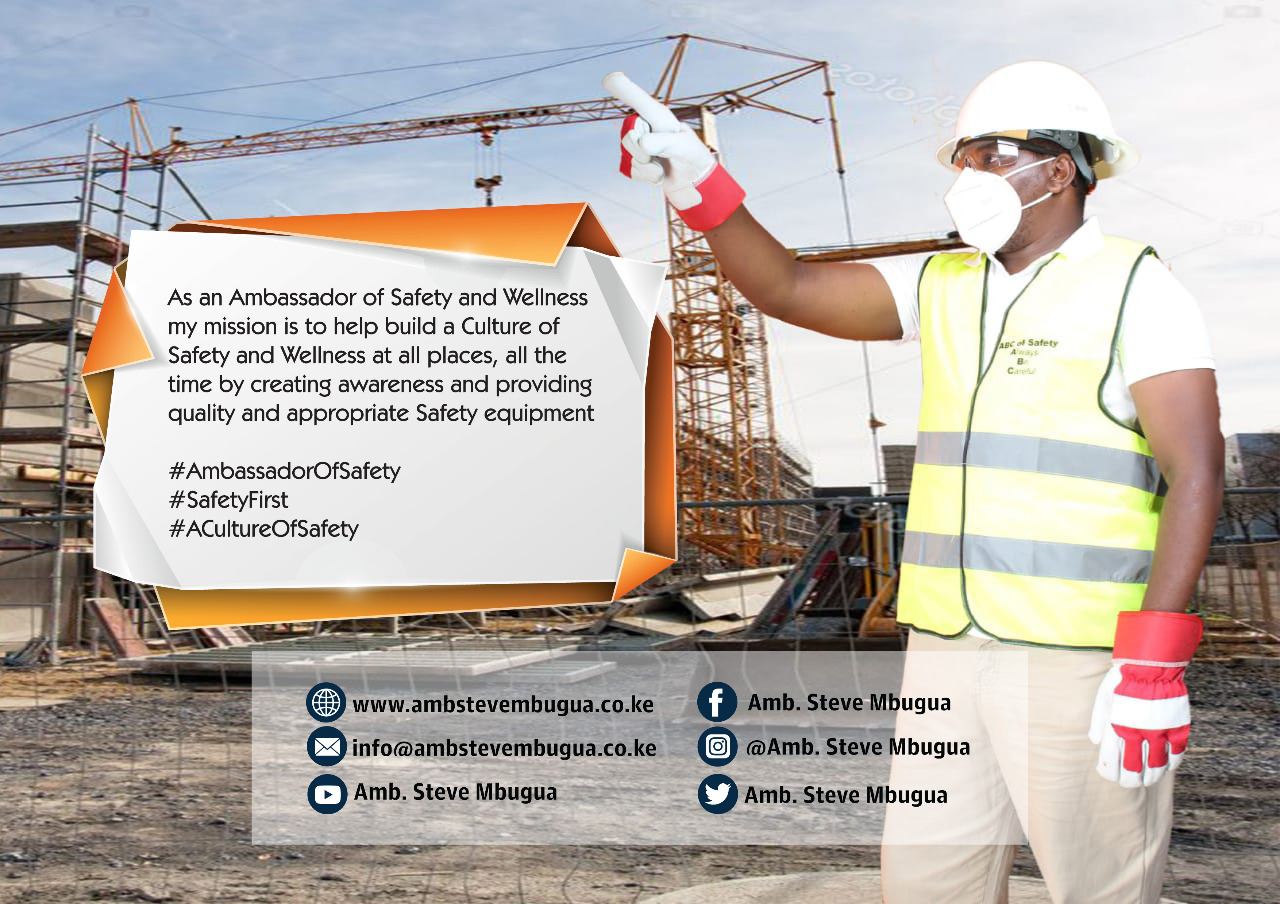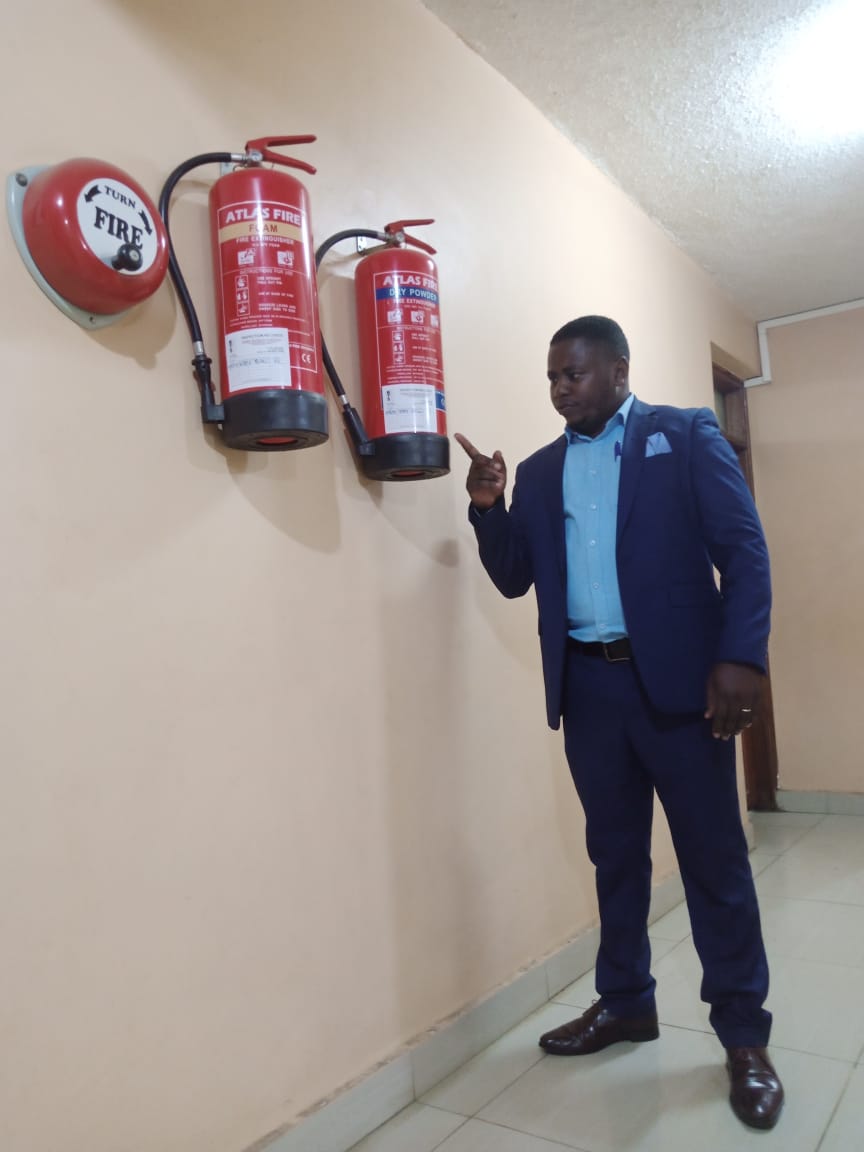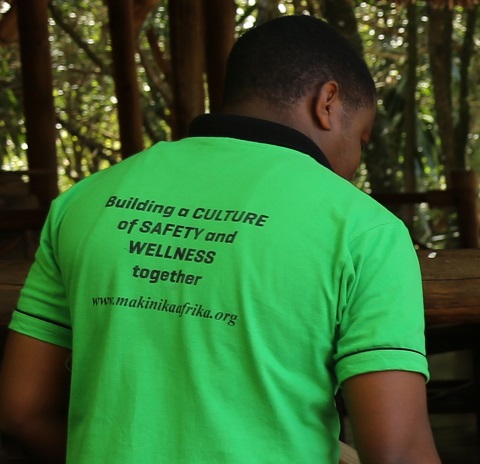As an Ambassador of Safety my mission is to help build a culture of safety through provision of information and awareness. Staying abreast of the latest trends in occupational health and safety (OHS) is essential for maintaining a safe and compliant workplace. As technology and societal expectations evolve, so do practices and innovations in OHS. Here are some of the latest trends in occupational health and safety:
**1. Technology Integration and Digitalization
**1.1. Wearable Technology:
• Examples: Smart helmets, wearable sensors, and smart vests.
• Explanation: These devices monitor workers’ vital signs, environmental conditions, and movement patterns to provide real-time data on health and safety conditions, helping prevent accidents and health issues.
**1.2. Artificial Intelligence (AI) and Machine Learning:
• Applications: Predictive analytics for identifying potential hazards, AI-driven risk assessments, and automated safety inspections.
• Explanation: AI and machine learning analyze data to predict and mitigate risks before they result in incidents, improving overall safety management.
**1.3. Virtual Reality (VR) and Augmented Reality (AR):
• Applications: VR simulations for safety training, AR for real-time hazard identification.
• Explanation: VR and AR technologies provide immersive training experiences and enhance situational awareness, improving emergency response and hazard recognition.
**2. Mental Health and Well-being
**2.1. Increased Focus on Mental Health:
• Examples: Mental health programs, stress management workshops, and employee assistance programs (EAPs).
• Explanation: Recognizing the impact of mental health on overall well-being and safety, organizations are implementing comprehensive mental health strategies to support employees.
**2.2. Integration of Mental Health with Occupational Health:
• Applications: Holistic health programs that address both physical and mental health.
• Explanation: Emphasizing the connection between mental and physical health, organizations are developing integrated health programs to enhance overall employee well-being.
**3. Remote Work and Ergonomics
**3.1. Home Office Ergonomics:
• Examples: Ergonomic furniture, workstation assessments, and remote ergonomic training.
• Explanation: As remote work becomes more prevalent, there is a growing focus on ensuring home office setups are ergonomically sound to prevent musculoskeletal disorders.
**3.2. Virtual Ergonomic Assessments:
• Applications: Online tools and consultations for assessing home office ergonomics.
• Explanation: Virtual assessments help employees set up their workstations correctly and reduce the risk of injury while working remotely.
**4. Safety Culture and Leadership
**4.1. Enhanced Focus on Safety Culture:
• Examples: Initiatives to promote safety as a core value, leadership commitment to safety.
• Explanation: Building a strong safety culture involves embedding safety into organizational values and ensuring leadership actively supports and models safe behaviors.
**4.2. Safety Leadership Development:
• Applications: Training programs for leaders to enhance their safety management skills and foster a safety-oriented work environment.
• Explanation: Developing leadership skills in safety management ensures that leaders effectively drive and support safety initiatives within their teams.
**5. Regulatory Changes and Compliance
**5.1. Evolving Safety Regulations:
• Examples: New standards and regulations related to COVID-19, updated safety protocols, and emerging industry-specific requirements.
• Explanation: Staying updated with regulatory changes ensures compliance and helps organizations address new safety challenges effectively.
**5.2. Global Harmonization of Safety Standards:
• Applications: Alignment of international safety standards to promote consistency across borders.
• Explanation: Global harmonization of standards facilitates international operations and ensures that safety practices meet global benchmarks.
**6. Sustainability and Environmental Health
**6.1. Sustainable Safety Practices:
• Examples: Green safety initiatives, waste reduction, and environmentally friendly safety equipment.
• Explanation: Integrating sustainability into safety practices helps organizations reduce their environmental impact while maintaining high safety standards.
**6.2. Focus on Environmental Health:
• Applications: Addressing environmental factors such as air quality and chemical exposure.
• Explanation: Ensuring a safe environment involves managing both occupational and environmental health risks to protect employees and the broader community.
**7. Data-Driven Safety Management
**7.1. Advanced Data Analytics:
• Examples: Analyzing incident data, tracking safety performance metrics, and identifying trends.
• Explanation: Leveraging data analytics helps organizations make informed decisions about safety improvements and allocate resources effectively.
**7.2. Real-Time Monitoring Systems:
• Applications: IoT sensors for monitoring workplace conditions, wearables for tracking health metrics.
• Explanation: Real-time monitoring provides immediate feedback on safety conditions, allowing for prompt interventions and enhanced risk management.
**8. Emergency Preparedness and Response
**8.1. Enhanced Emergency Response Plans:
• Examples: Comprehensive plans for various scenarios, including pandemics, natural disasters, and active shooter incidents.
• Explanation: Developing and regularly updating emergency response plans ensures preparedness for a wide range of potential emergencies.
**8.2. Simulation and Drills:
• Applications: Regular drills and simulations to test and improve response strategies.
• Explanation: Conducting simulations helps employees practice emergency procedures and identify areas for improvement in response plans.
**9. Health and Safety Metrics and KPIs
**9.1. Development of New Metrics:
• Examples: Leading indicators for proactive safety management, employee health and wellness metrics.
• Explanation: Developing and tracking new metrics helps organizations evaluate the effectiveness of their safety programs and make data-driven improvements.
**9.2. Integration with Business Objectives:
• Applications: Aligning safety metrics with organizational goals and performance indicators.
• Explanation: Integrating safety metrics with broader business objectives ensures that safety initiatives support overall organizational success.
**10. Collaborative Safety Initiatives
**10.1. Partnerships and Industry Collaboration:
• Examples: Collaboration with industry groups, safety organizations, and regulatory bodies.
• Explanation: Working with external partners helps organizations stay informed about best practices, share knowledge, and address industry-wide safety challenges.
**10.2. Community Engagement:
• Applications: Engaging with the local community on safety issues and initiatives.
• Explanation: Involving the community in safety initiatives helps build stronger relationships and enhances overall safety awareness and practices.
The latest trends in occupational health and safety reflect the ongoing evolution of the field, driven by technological advancements, regulatory changes, and a growing emphasis on holistic well-being. By staying informed about these trends and incorporating them into their safety programs, organizations can enhance their safety practices, improve employee well-being, and maintain a safe and compliant workplace. Adapting to these trends ensures that safety management remains effective and relevant in a rapidly changing environment.
READ MORE
Safety Ambassador
Safety Champions Products
Safety Champions Video



















